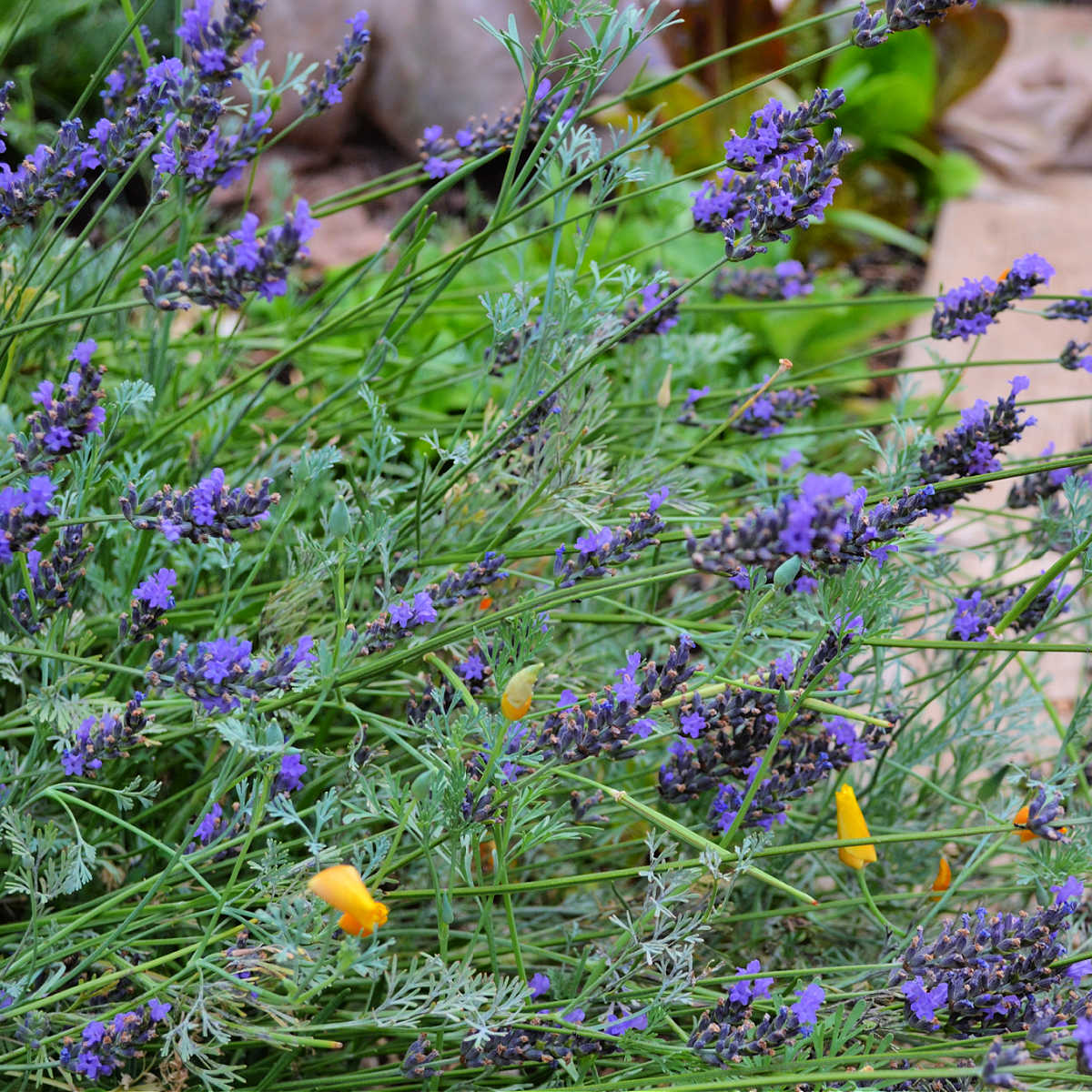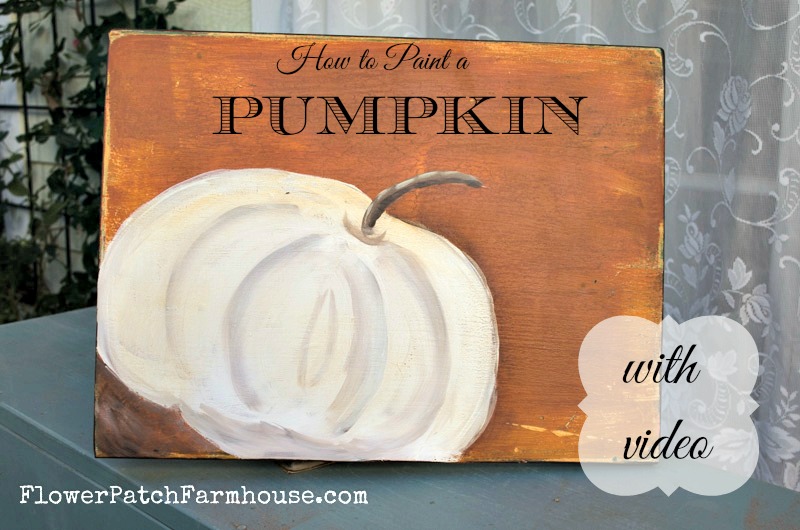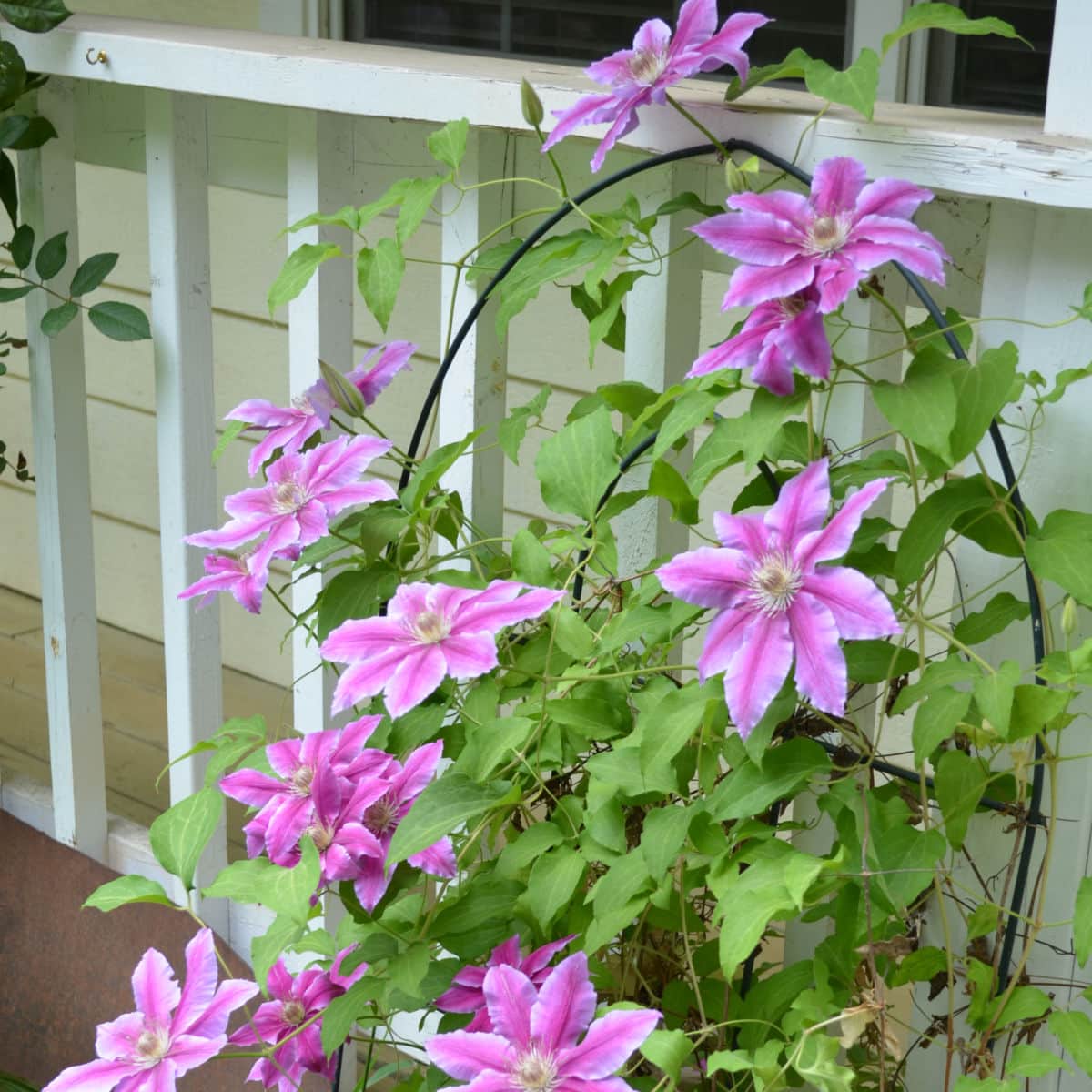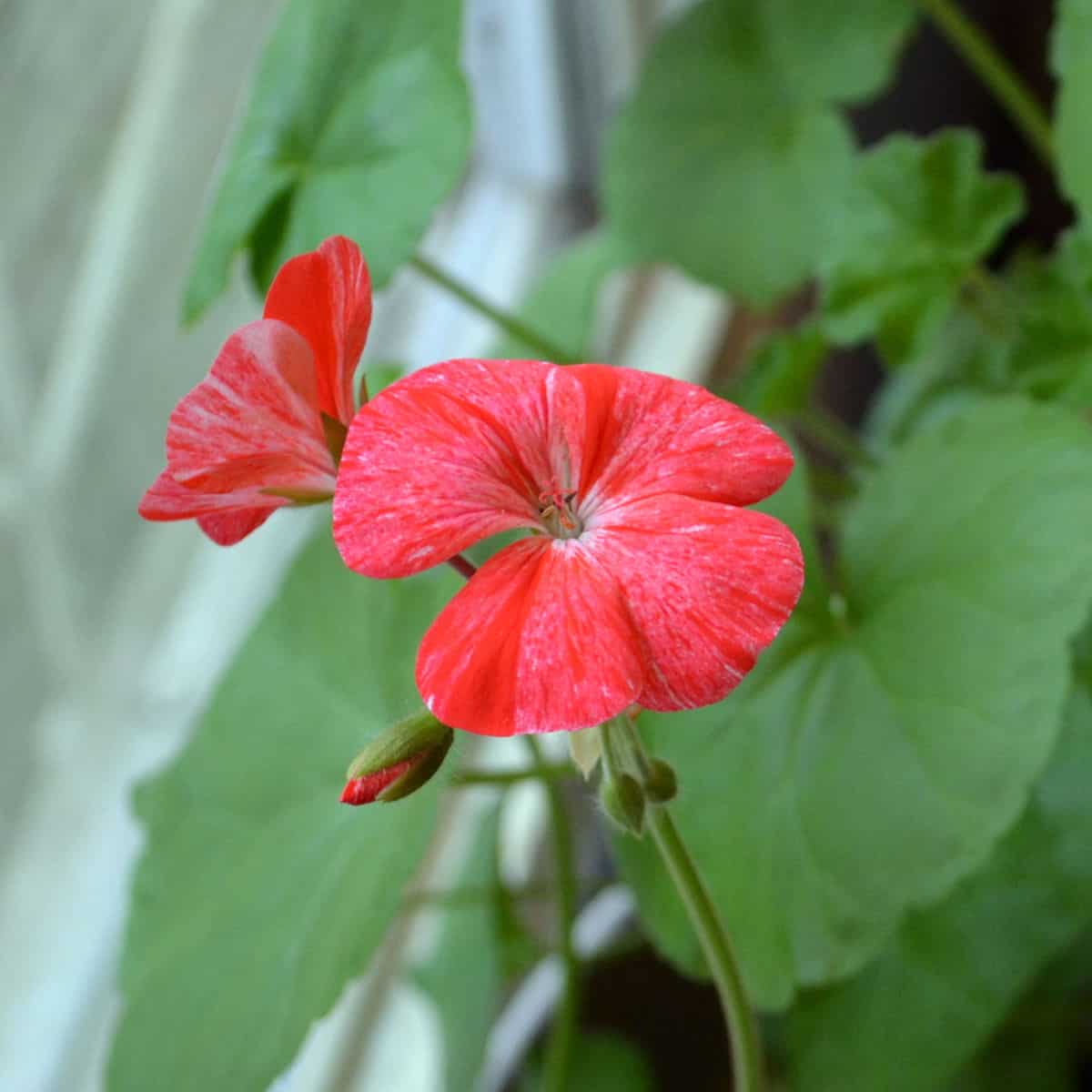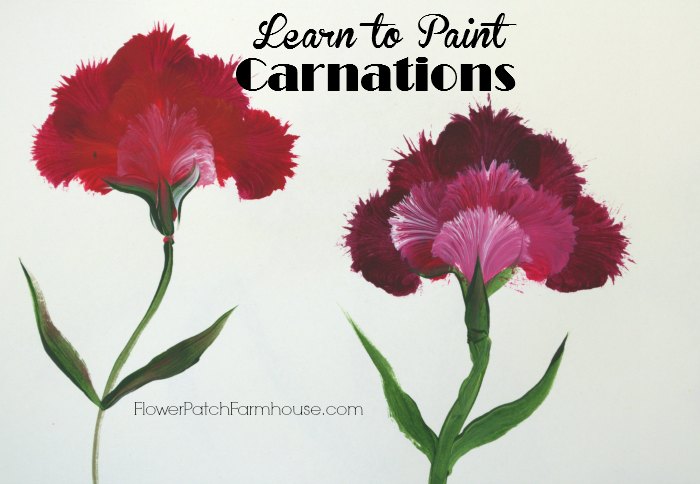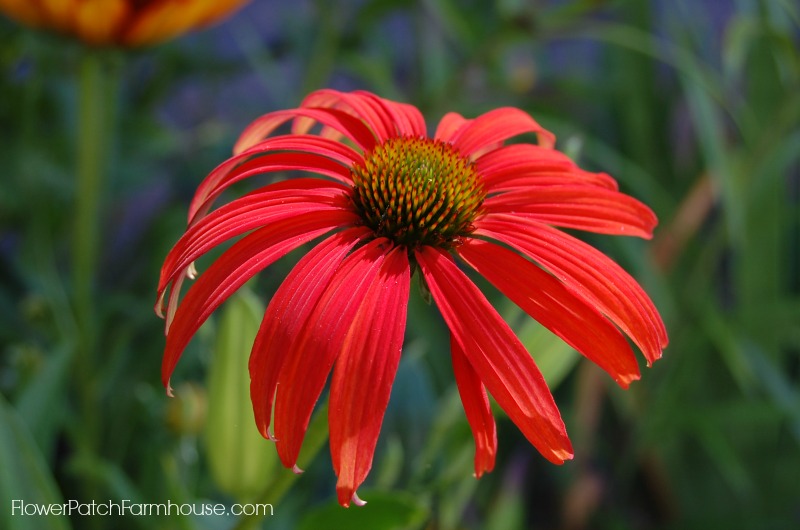Beginner’s Guide to Growing a Fragrance Garden
Experience the Beauty of Scent: A Beginner’s Guide to Growing a Fragrance Garden
Growing a fragrance garden can be a wonderful way to create a beautiful and sensory outdoor space.
You can grow a fragrance garden by choosing the right plants, planning your layout, and caring for your garden throughout the seasons. This way you can create a space that not only looks beautiful but smells amazing too.
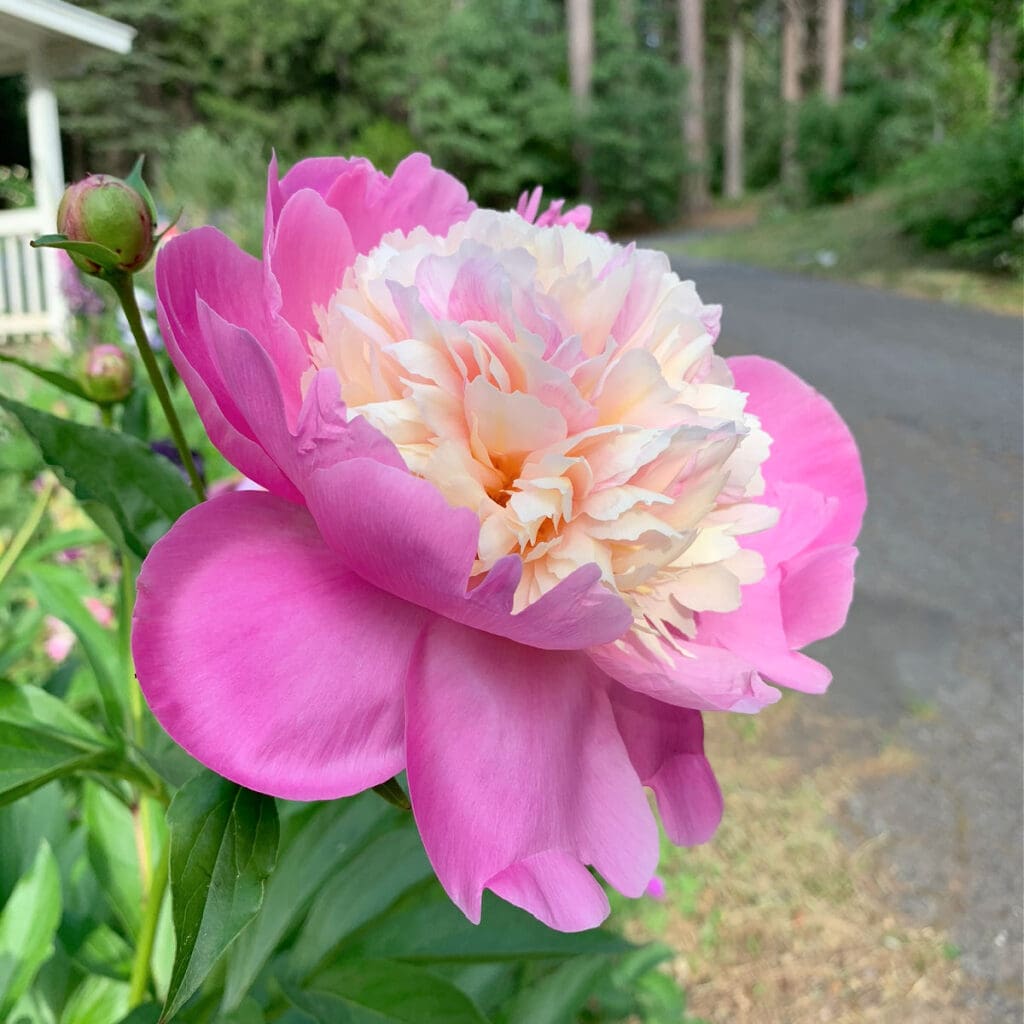
There’s something incredibly special about a garden that not only looks beautiful but smells amazing too. A scented garden can be a wonderful addition to any outdoor space, providing a sensory experience that is both calming and uplifting.
In this blog post, we’ll take a look at how to grow a scented garden, from choosing the right plants to caring for them throughout the seasons.
What is a Fragrance Garden?
A fragrance garden is composed of plants that are chosen for their fragrant blooms or leaves.
As the name suggests, these types of gardens are designed to create beautiful scents that can be enjoyed by passersby or just by you and your family as you lounge in your gorgeous space.
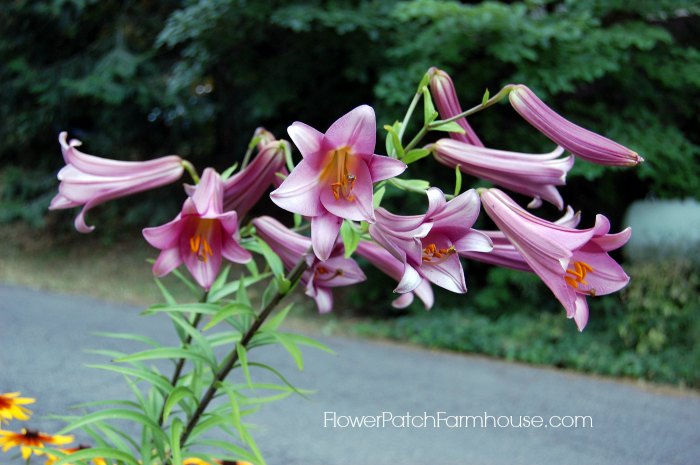
This post contains affiliate links. If you make a purchase after clicking a link I may make a small commission at no added cost to you.
How to Create a Fragrance Garden
Step 1: Choose Your Plants
The first step in creating a scented garden is to choose the right plants. There are many plants that have beautiful scents, but some of the most popular include lavender, rose, jasmine, and lilac.
When selecting plants, think about the type of scents you want to incorporate into your garden. Do you prefer sweet floral scents, or would you like something more earthy or spicy?

It’s also important to consider the amount of sunlight and water your garden receives, as different plants have different requirements.
For me visiting public gardens, botanical gardens and even visiting local gardens that put on a tour through local gardening clubs gives me the best ideas.
Not only can you see what a plant looks like but you can get an idea of the scent or perfume it exudes. (some you may not enjoy)
Do your research, read articles about scented plants, and find out where they will do best, what conditions they will thrive in, and when you can expect them to bloom.
One way to do this research is to connect with a local garden nursery with knowledgeable staff, a local garden club, or neighbors who are avid gardeners. Ask them what works locally and what doesn’t.
Keep in mind the microclimates, soil conditions, and other factors in your personal space will also have a bearing. Just like any garden, you need to start with the right conditions.
All the best tips
Start an Easy Garden
Start an easy garden for beginners. Starting a garden doesn’t have to take a lot of heavy work or time. Begin small, slow, and smart.
Once you’ve decided on some plants, think about how they will look together in terms of color and texture; this will help create visual interest in addition to the fragrances they emit.
I like to choose flowers that bloom in different seasons so that there’s always something sweet-smelling blooming in the garden throughout the year!
Some can flower in early Spring, some in Summer then more on into Fall.
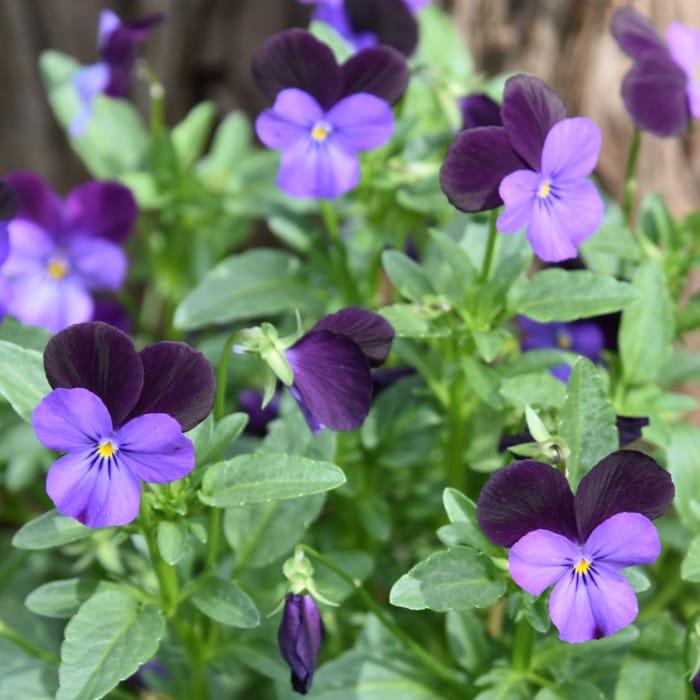
Some scented plants carry a subtle perfume and others can be quite heady or strong.
Step 2: Plan Your Layout
Once you’ve chosen your plants, it’s time to plan your garden layout.
Think about how you want your garden to look and feel, and consider incorporating elements such as walkways, seating areas, and water features.
When designing your layout, keep in mind the size of the plants you’ve chosen, as well as their growth habits.
Make sure to leave enough space between plants to allow for proper air circulation and to avoid overcrowding.
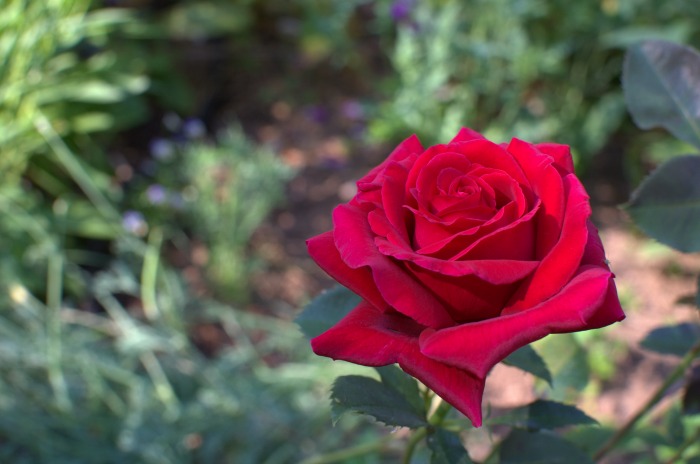
Keep in mind the power of the plant’s perfume, some are better enjoyed at a distance while others need to be closer to detect their scent. Time of day also effects the power of the scent for certain varities.
Step 3: Plant and Care for Your Garden
When planting your garden, make sure to follow the specific instructions for each plant.
Most scented plants prefer well-draining soil and plenty of sunlight, but each variety may have its own specific needs.
Group plants that have the same needs together for ease of care.
Water your plants regularly and fertilize them as needed to keep them healthy and thriving.
My all-time favorite fertilizer is AgroThrive, it is organic and it not only feeds the plants but also the soil. It is a concentrated liquid that is easy to use.
Throughout the seasons, it’s important to care for your garden to ensure it continues to look and smell its best.
Regular pruning will help keep plants healthy and prevent overgrowth while deadheading spent blooms will encourage new growth and continued blooming.
Mulching around your plants will help retain moisture and suppress weeds, and adding compost to your soil will help improve its health.
Remember, if you have too many heavily fragrant plants that release their perfume into the air you may find it overwhelming or cloying rather than pleasing.
I choose to incorporate the more heavily scented flowers amongst my other garden plants rather than grouping them in one section.
Visiting gardens that have different plants in them can help you decide.
Benefits of Growing a Scent Garden
One of the main benefits of growing a scent garden is that it adds another layer of beauty and interest to your outdoor space.
Not only can passersby enjoy its visuals, but they can also take in its wonderful fragrances as well!
Plus, when planted strategically near windows or walkways, the beautiful scent serves as an invitation for people (and wildlife!) alike to come to explore.
Depending on what types of flowers and herbs you choose, it can attract pollinators like butterflies or hummingbirds which can really add life to your space!
In conclusion, creating a fragrance garden is an easy and fun way to add color and fragrance to any outdoor space.
Whether you opt for flowers that bloom all year round or seasonal favorites like lavender or roses – there’s sure to be something perfect for any beginner gardener out there!
Popular Easy to Grow Fragrant Plants
There are many different plants and flowers that have beautiful scents. Here are some popular options for creating a scented fragrance garden:
- Lavender: This fragrant herb has a sweet, floral scent that is both relaxing and calming.
- Roses: There are many different varieties of roses, each with its own unique scent. For the most heavily scented roses try vintage or heirloom rose varieties.
- Jasmine: The sweet, heady scent of jasmine is both calming and uplifting. This fragrant vine is perfect for growing along fences or trellises.
- Lilacs: The sweet, delicate scent of lilacs is a sure sign that spring has arrived. These shrubs are easy to grow and come in a range of colors.
- Honeysuckle: The sweet, fruity scent of honeysuckle is a favorite of many gardeners. This fragrant vine is perfect for attracting hummingbirds and butterflies.
- Gardenia: The fragrant, white flowers of the gardenia plant have a sweet, heady scent that is both calming and romantic.
- Peonies: These beautiful flowers come in a range of colors and have a sweet, floral scent that is both delicate and romantic.
- Sweet Peas: The delicate, pastel blooms of sweet peas have a sweet, floral scent that is perfect for adding to bouquets and floral arrangements.
- Sweet Williams A relative of dianthus has a sweet, spicy scent that is both uplifting and invigorating.
- Hyacinth: These fragrant bulbs come in a range of colors and have a sweet, floral scent that is perfect for adding to spring gardens.
- Basil: A culinary herb Basil is not only delicious it also has a beautiful fragrance that screams Summer. Grow with your flowers for lovely foliage and scent!
- Oriental and Trumpet Lilies: Elegant and heavily scented these statuesque blooms are easy to grow and bring height to your garden. These are better planted further from the path as the perfume can be quite powerful.
- Rambler Roses: I know roses were listed once before but ramblers are in a class by themselves. Tough, fast-growing and typically heavily scented. They deserve a mention all their own!

